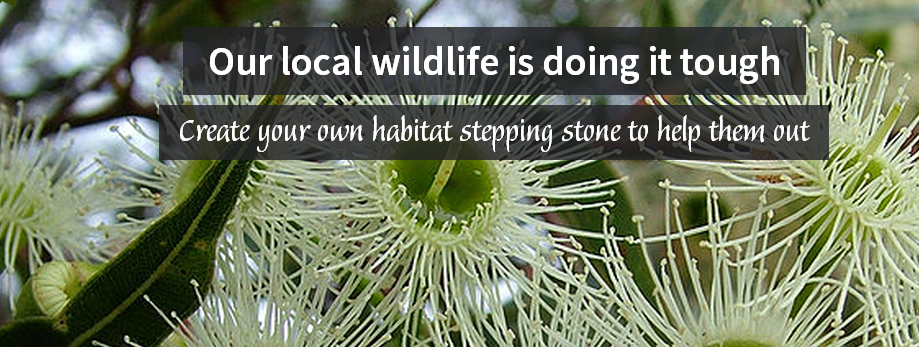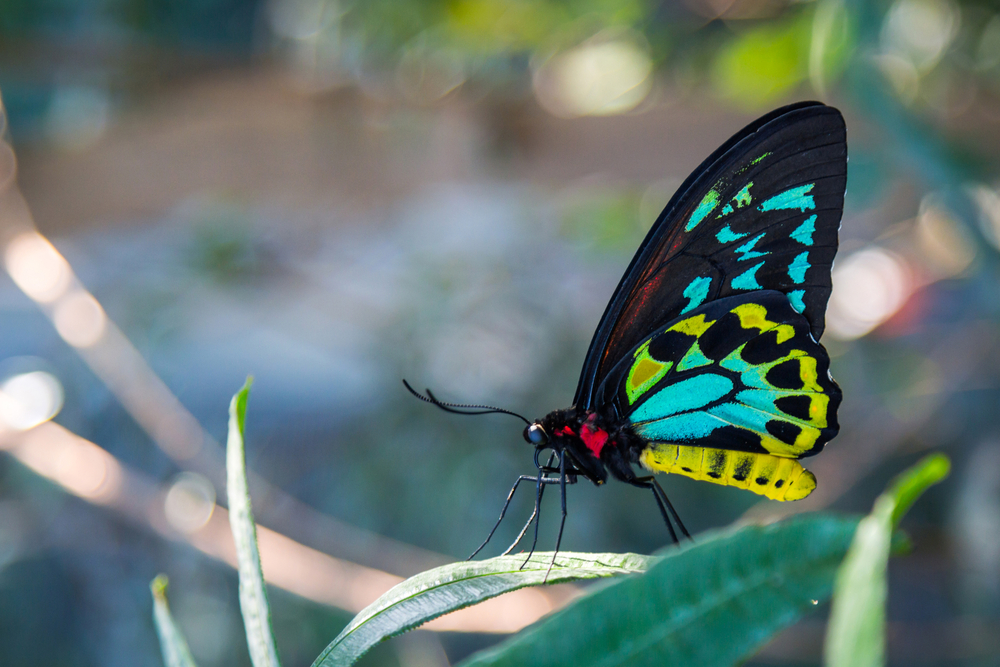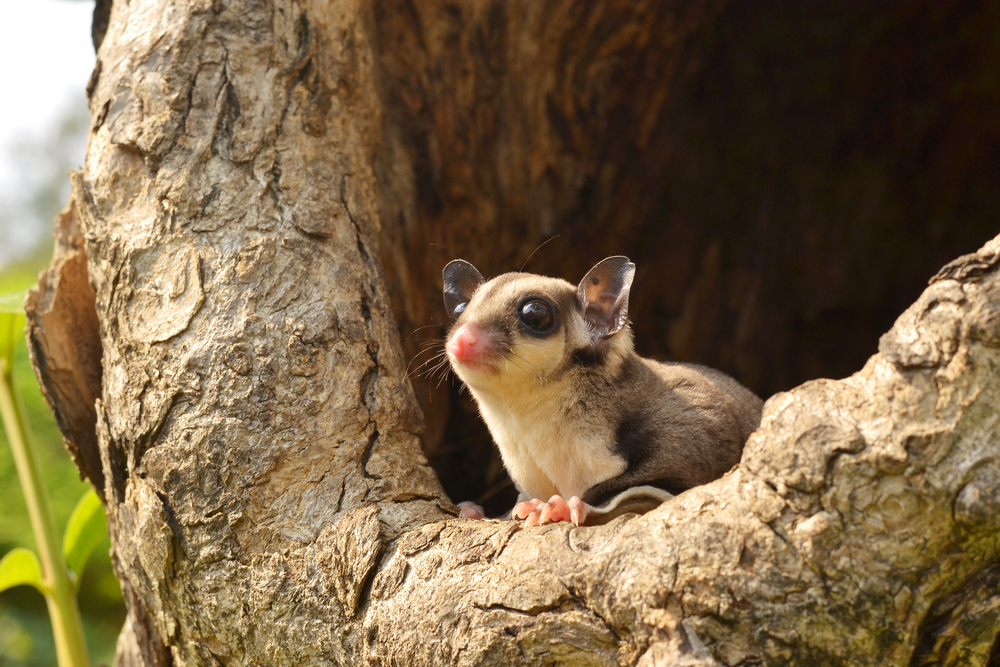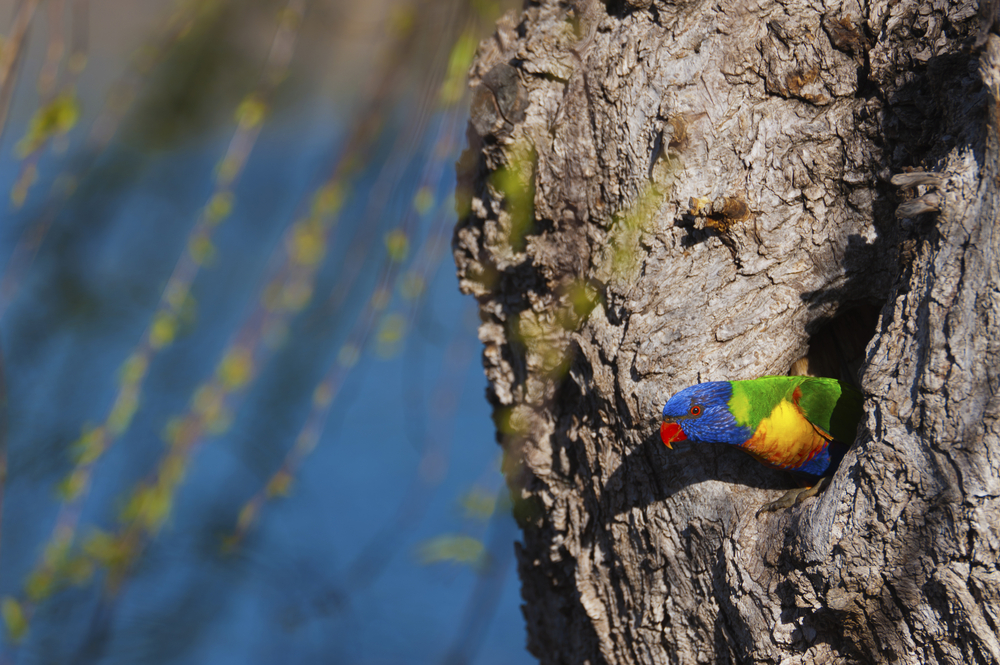Can you cut 1 Tonne of carbon pollution out of your life?
Take the challengeWelcome a bush turkey into your backyard!
Did you know that over half of Australia's threatened species and ecosystems occur within the urban fringe? Sydney alone is home to 28 threatened mammals, 68 threatened birds, 13 threatened reptiles and 6 threatened frogs.
Many modern gardens have large areas of lawn and paving where smaller creatures struggle to survive.
In response to this, Habitat Stepping Stones is a project designed by Macquarie University to help people turn their gardens into wildlife-friendly stopovers between existing wildlife corridors.
The more places wildlife can find food, water and shelter, the easier it is for them to survive. Every habitat element we add will make a difference.
A kookaburra needs a high branch to scout for food, small birds like fairy wrens need dense shrubs to hide in, and lizards need sunny rocks to warm them up. An effective habitat stepping stone should include different elements, including plants of different heights, different species and different flowering and fruiting times.
These are pretty easy elements to add to your garden, usually at little to no cost at all.

Don't forget the little guys
Smaller wild things like bugs, butterflies, wrens, micro-bats and lizards need small places to hide and nest in, like shrubs, logs and rock piles. Adding some more natural areas to our gardens can help them live happily alongside the big guys and can mean even less garden maintenance too!

Getting involved
If you want some help in creating your own habitat stepping stone, or just want to see what others in your neighbourhood are doing, visit the Habitat Stepping Stones website to check out elements you can add to your backyard or balcony to help local wildlife.

Benefits for everyone
Encouraging native wildlife to visit your back garden allows you to enjoy the wonders of nature right outside your window. It's also a process that can help reduce your carbon footprint, as plants soak up carbon dioxide and provide us with oxygen.
Already Sydney's community programs have resulted in over 2,000 habitat elements to properties, providing safe havens for wildlife. The project won the 2015 National Heritage Trust Award for Conservation of Natural Landscape and was also a Finalist for the 2015 United Nations (Australia) World Environment Day Award for Sustainability Education.
Would you like to see this project in your local community? Contact your local government or leave us a comment below!
Images: Shutterstock and Habitat Stepping Stones
READ THIS NEXT: This floating garden in New York purifies the polluted waterways
